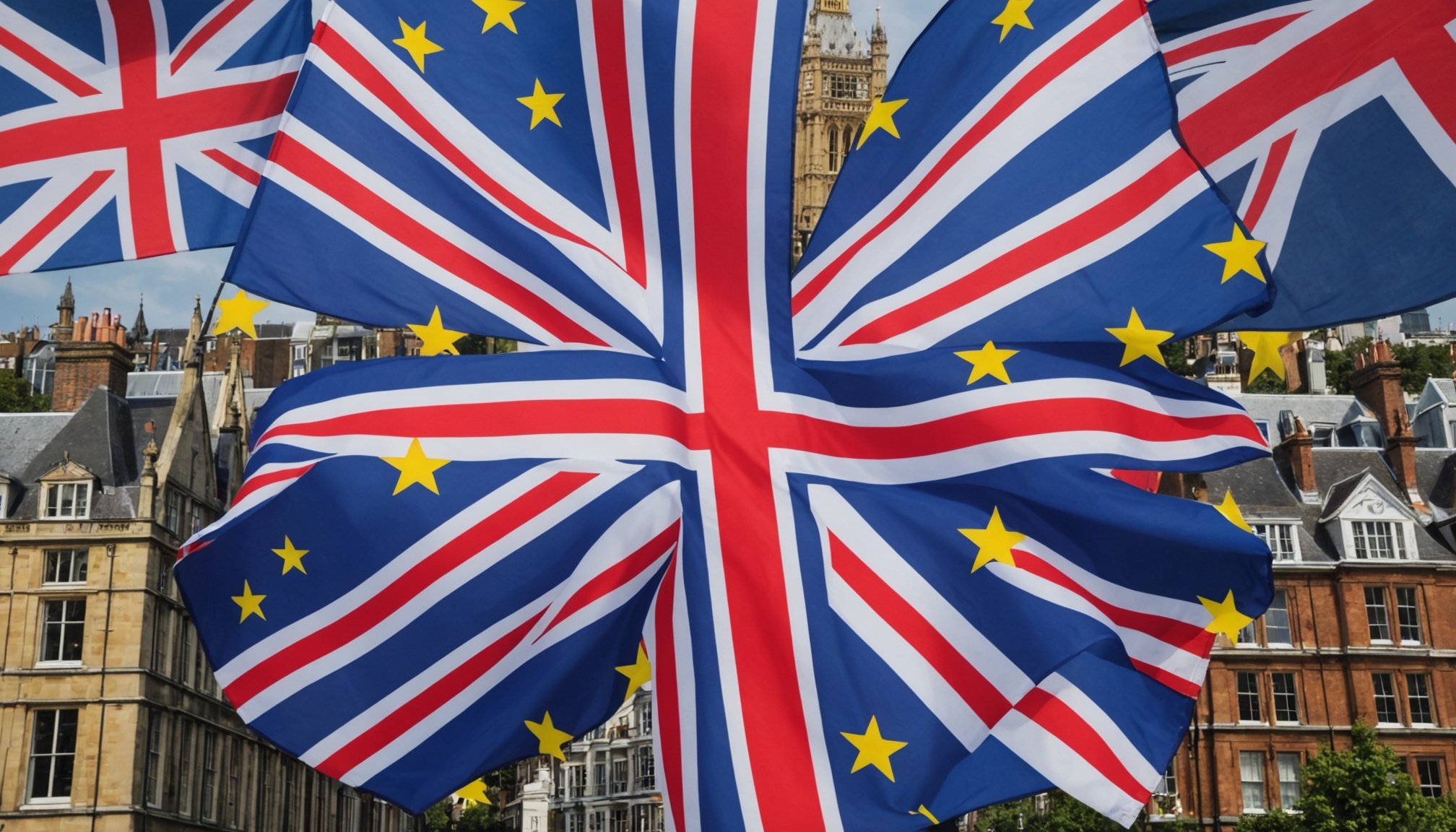Brexit—once a term unfamiliar to many—has now become a defining chapter in British history. As we stand in December 2024, reflecting on the years since the referendum, the impact of this monumental decision on the UK’s property market is a topic of critical importance. While the initial years were marked by uncertainty, the ensuing period has seen shifts and adjustments that both investors and homeowners need to comprehend. In this article, we delve into the economic ramifications of Brexit on the housing market, assessing price trends, investment growth, and the broader economic implications.
The Immediate Aftermath of the Referendum
The Brexit referendum triggered a wave of uncertainty across the UK, with the property market being no exception. Immediately following the vote, the London market, renowned for its robustness, experienced a noticeable decline in prices. This initial reaction was fueled by fears of potential economic isolation from the EU.
Also read : How can property investors effectively plan for maintenance and repair costs?
- Investor Caution: Post-referendum, many investors adopted a wait-and-see approach due to concerns about future economic policies and regulations. This cautious sentiment dampened growth, particularly in the commercial real estate sector.
- Price Volatility: The period immediately following the referendum saw significant price fluctuations. In some areas, house prices dipped as investors recalibrated their strategies amidst a climate of uncertainty.
- The Role of the Pound: The devaluation of the pound sterling had a mixed impact. While it made UK properties more attractive to foreign investors, domestic buyers faced increased costs for real estate transactions.
Despite these challenges, the market demonstrated resilience. The initial uncertainty gradually gave way to a more measured understanding of Brexit’s implications, prompting investors to re-enter the market with renewed confidence.
The Long-term Economic and Market Adjustments
Over time, the UK property market began adjusting to the new post-Brexit reality. As the nation navigated its new position outside the EU, several long-term adjustments became apparent.
This might interest you : What should you know about the buy-to-let mortgage process in the UK?
- Regulatory Changes: One of the most significant impacts of Brexit on the property market has been the shift in regulations. Changes in immigration laws, for instance, have impacted housing demand, particularly in areas with high concentrations of EU nationals.
- Investment Trends: The property market saw a diversification of investment sources. While traditional European investors initially withdrew, there was an uptick in interest from Asian and Middle Eastern investors, seeking to capitalize on favorable price dynamics.
- Price Stabilization: After the initial volatility, house prices began to stabilize. Growth rates, although moderate, have shown a consistent upward trajectory in the years following the referendum.
These adjustments reveal the market’s adaptability and underscore the importance of understanding broader economic shifts when considering investment opportunities.
London’s Property Market: A Microcosm of Change
London, often considered the heartbeat of the UK property market, experienced unique challenges and opportunities in the wake of Brexit. As a major financial hub, the city’s real estate dynamics offer insights into broader national trends.
- Foreign Investor Influence: London continued to attract international investors, drawn by price corrections and the city’s enduring global appeal. However, post-Brexit immigration policies raised concerns about long-term economic repercussions.
- Commercial vs Residential: The commercial property sector faced challenges with some companies relocating due to regulatory changes, leading to a temporary dip in demand. Conversely, the residential sector witnessed steady growth, driven by competitive prices and strategic investment opportunities.
- Borough Disparities: Not all areas of London fared the same. While central boroughs maintained high price points, outer regions experienced more significant fluctuations, reflecting varied economic impacts across the city.
London’s experience post-Brexit offers a lens through which we can better understand the broader property market challenges and resilience.
Future Outlook: Navigating Uncertainty
As we move further from the initial Brexit vote, the UK’s housing market continues to evolve. Looking ahead, several factors will shape the landscape for investors and homeowners alike.
- Economic Resilience: The national economy has shown resilience, yet future growth remains contingent on how effectively the UK capitalizes on its newfound autonomy. Trade agreements and immigration policies will play crucial roles in shaping the property market’s trajectory.
- Brexit and the Green Economy: An emerging trend is the integration of sustainable practices within the real estate sector. With the UK committed to green initiatives, investors are increasingly prioritizing eco-friendly developments.
- Adapting to Change: For investors and homeowners, adaptability is key. Understanding the shifting economic landscape, regulatory changes, and market growth trends will be essential to making informed investment decisions.
While the future holds uncertainties, opportunities abound for those willing to engage with the evolving market dynamics.
The Brexit era has undoubtedly redefined the UK’s property market. While the initial years were characterized by uncertainty and price volatility, the subsequent period has witnessed stabilization and growth. For investors and homeowners, understanding these shifts is crucial.
As the UK continues to forge its path outside the EU, the real estate sector stands as a testament to resilience and adaptability in the face of change. Whether you’re an investor eyeing growth opportunities or a homeowner navigating the housing landscape, the lessons from the post-referendum years serve as valuable guides. The impact of Brexit on the property market is multifaceted, but with informed strategy and adaptability, the future holds promise for sustainable economic growth.











